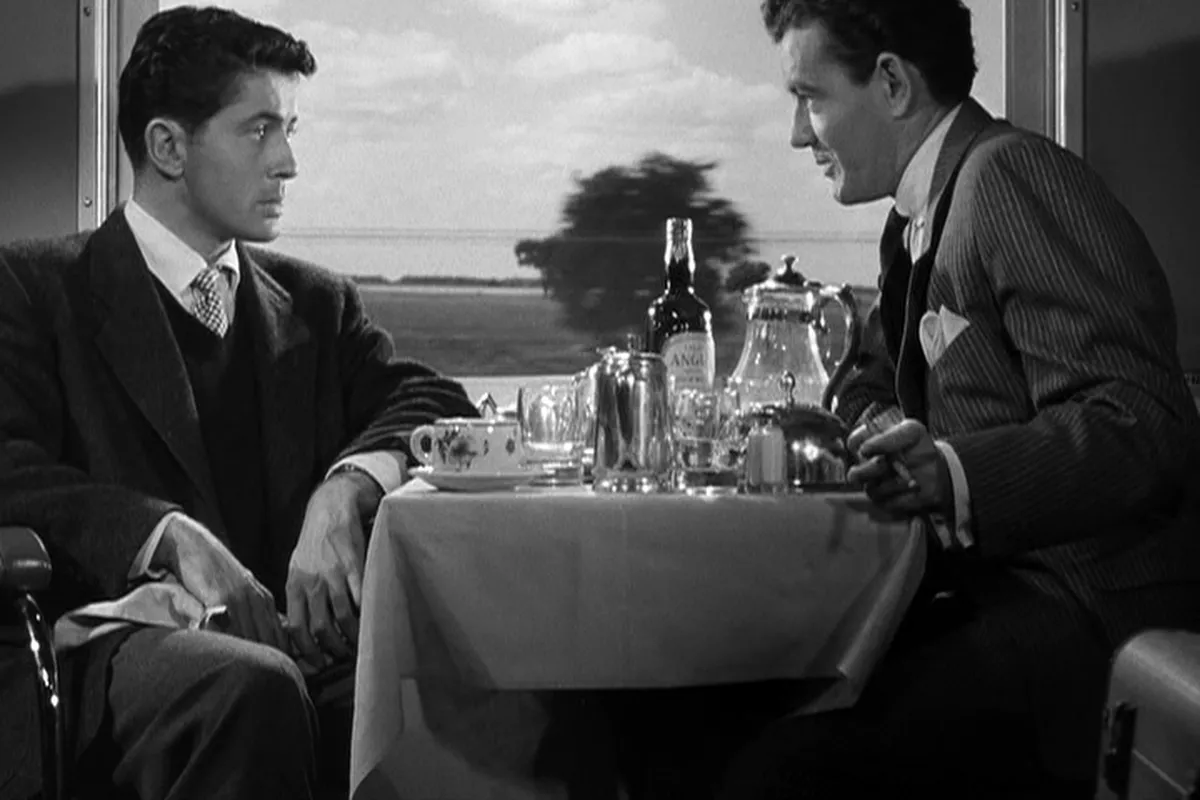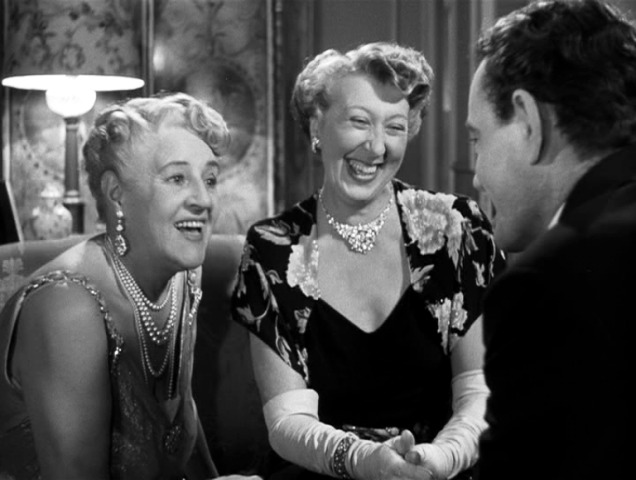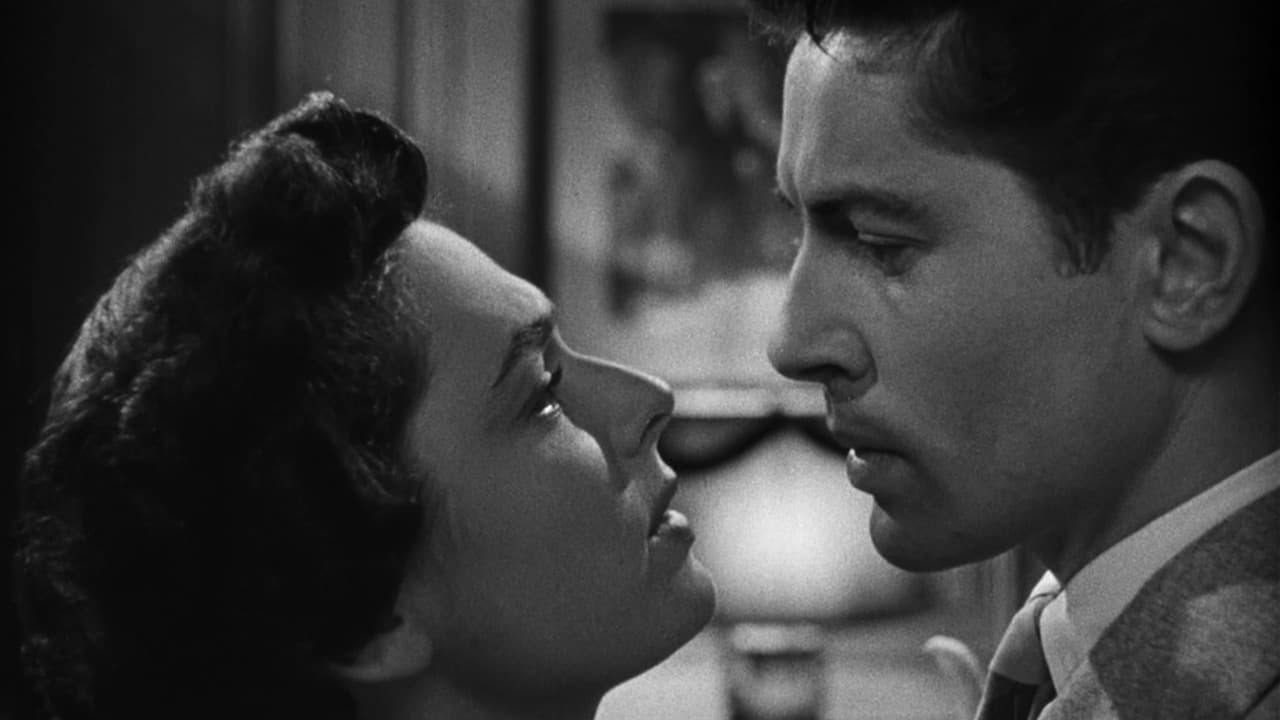By Eirini Tassi,
There is no doubt that film noir dominated the Hollywood of the 1950s. The starter pack was simple and yet bizarrely captivating: cynical anti-hero gets caught in a web of crimes, and these challenge or reinforce his (im)morality. There, the presence of a femme fatale is crucial, as she is called to either immerse the protagonist further into corruption or revive his ethos, depending on what is more in her interest. By combining feminine characteristics and behaviors that respond to the male gaze, like slow, mesmerizing body movement, the fatal woman can often cleverly present herself as a naïve beauty who is seduced by the male protagonist. Her underplayed intelligence -an unsurprising assumption for a patriarchal 1950s- allows her to get her way from behind the scenes, and reveal her true self as a plot twist at the end of the linear narrative. And yet, it is not only women who can act as deceitful sirens. Numerous renowned filmmakers have used male anti-heroes as hommes fatales (i.e. fatal men), often there to torment protagonists and slowly immerse them into a world of crime and immorality.
In Alfred Hitchcock’s noir thriller Strangers on a Train (1951), his construction of a homme fatale villain is crucial for keeping us on edge throughout the narrative. Cynical Bruno Antony stumbles upon renowned tennis player Guy Haines on a train to New York City. While he initially approaches him as a supposed fan of his athletic career, he later reveals that he’s here to propose an exchange of murders: for him to kill Guy’s wife, Miriam, who is blocking him from marrying his new partner by refusing divorce, in exchange for Guy killing Bruno’s father, whom he despises. He delivers this proposition with a smooth manner of speaking, a low voice, and a smile; one that confuses you and for a moment makes you rationalize the murder exchange before realizing just how psychotic it sounds. This antithesis is used throughout the narrative, with Bruno spitting the most vicious statements in the most disturbingly calm way possible, with a comforting tone of voice that nearly urges you to thank him for killing you. When he meets Guy outside his house to inform him that he killed Miriam, he -nearly comfortingly- tells him not to worry, because her murder was instant and nearly painless. He rationalizes the irrational.

Concomitantly, we also see Bruno’s more traditional layer of homme fatale: a wealthy gentleman who abides by all the standards of savoir-faire public conduct. In a gala organized by the father of Guy’s partner, who is a US senator, Bruno unsuspiciously blends in with the bourgeoisie invitees, slowly kissing women’s hands upon meeting them and giving, especially to older women, compliments about their appearance or their posture. Bruno dominates the female gaze by striking the perfect balance between class and gender; his elegant appearance, respectful manners, and wit show a model of normative, attractive masculinity towards bourgeoise women, while his affirmation of their classy appearance and elegance feeds into their need to maintain their upper-class status.
How could anyone perceive him as a murderer after such an appearance? His façade gentleman-ess is thus strategically constructed for the female gaze, masking Bruno’s murderous lust and agonizing the viewer for what lies ahead; will Bruno manage to successfully frame Guy for Miriam’s murder if he does not follow through with the deal? Will he corrupt him to the extent that he murders his father? Or will he perhaps commit another unexpected murder at any moment? His psychosis is, after all, unpredictable. To save you the agony, Guy ends up proving Bruno’s true colors in the film’s last scene, after it is revealed that he was blackmailing Guy into killing his father by threatening to frame him for Miriam’s death.

Nevertheless, the construction of a psychotic homme fatale with the interchangeable faces of ‘bourgeoisie gentleman’ and ‘apathetic killer’ throughout most of the narrative, undeniably gives Hitchcock the very substance of his psychological thriller.
References
- Chin, C. (2015). “The Homme Fatale: Transgressing Normative Behavior and the Loss of Masculinity”, UCLA Undergraduate Research Journal for the Humanities and Social Sciences, 29-46.
- Grossman, J. (2009). Rethinking the femme fatale in film noir. Ready for her close-up. Hampshire: Palgrave Macmillan.
- Hitchcock, A. (Director). (1951). Strangers on a train [Film]. Los Angeles: Warner Bros.




